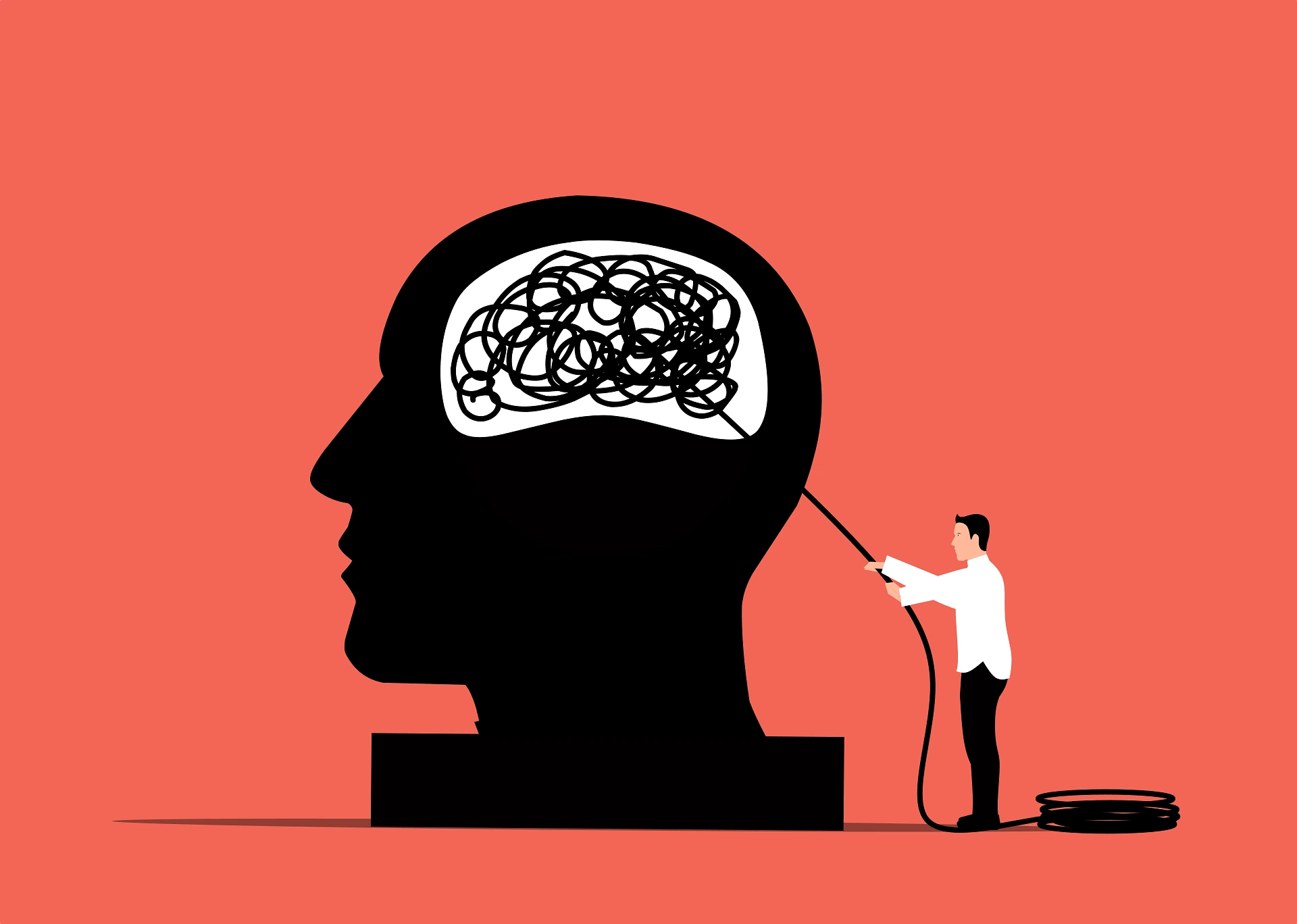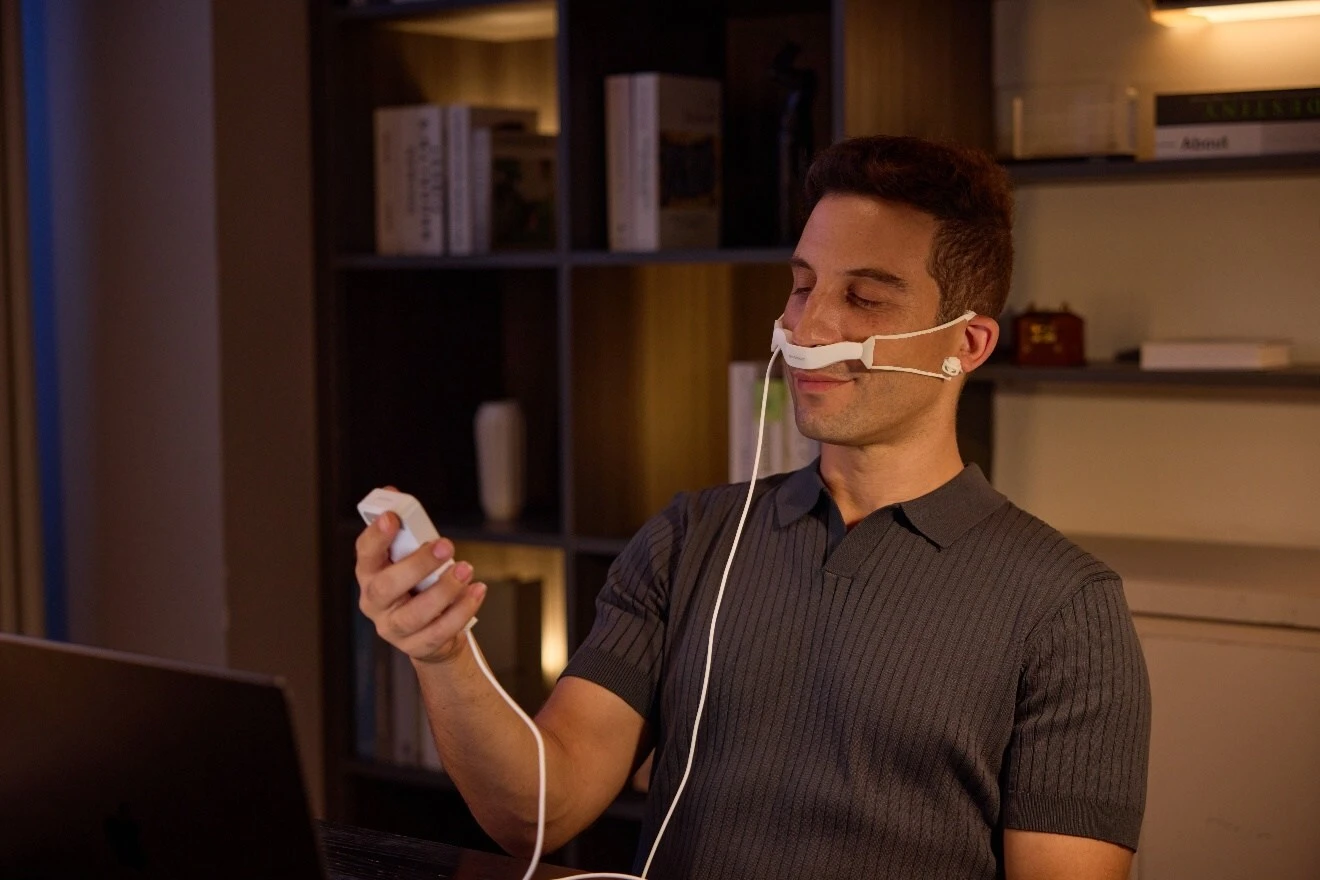This post may contain affiliate links and ads in which we may earn a small percentage of purchases.
Table of Contents
In today’s fast-paced world, stress has become an unwelcome companion for many. The demands of daily life, work, and and now the introduction of artificial intelligence, can leave us feeling overwhelmed.

If you’ve ever quit because meal plans felt overwhelming, this approach keeps it simple. The 21-Day Smoothie Diet gives you daily guidance, a detox reset, and easy recipes—so you can focus on consistency instead of planning. Instant digital access. Start today.
It’s no wonder that more people are turning to mindfulness as a valuable tool for managing stress and finding inner peace. Let’s look into the fundamentals of mindfulness and introduce a simple mindfulness exercise that you can practice to reduce stress and cultivate a sense of tranquility.
What is Mindfulness?
Mindfulness is a practice rooted in ancient Eastern traditions, particularly Buddhism, but it has found its place in modern psychology and wellness. At its core, mindfulness is about being fully present in the moment without judgment. It involves paying close attention to your thoughts, feelings, bodily sensations, and the environment around you.
Mindfulness is not limited to meditation; it’s a way of life that can be incorporated into your daily activities. It encourages you to observe your experiences with curiosity and acceptance. By doing so, you can let go of the past and worries about the future, allowing yourself to fully embrace the here and now.

An Example of a Mindfulness Reading Exercise
One effective way to begin your mindfulness journey is through a mindfulness reading exercise. This exercise involves engaging with written words in a deliberate and focused manner. Here’s how you can practice it:
- Choose a Meaningful Passage: Select a book, poem, or passage that resonates with you. It could be a piece of literature, a spiritual text, or even a quote that holds personal significance. The key is that it should inspire contemplation.
- Find a Quiet Space: Sit or lie down in a comfortable and quiet space where you won’t be disturbed. You can close your eyes if you prefer, or keep them open, softly focused on the words.
- Read Mindfully: Begin reading the passage slowly and attentively. Pay close attention to each word, sentence, and the overall message. Let the words wash over you, immersing yourself in the text.
- Pause and Reflect: After reading the passage, pause for a moment. Reflect on the meaning and how it relates to your life. Allow any emotions or insights to surface without judgment.
- Breathe Deeply: Take a few deep breaths to anchor yourself in the present moment. Feel the rise and fall of your breath as you continue to reflect.
- Express Gratitude: Conclude the exercise by expressing gratitude for the wisdom you’ve gained from the passage. You can silently say “thank you” or even write down your reflections in a journal.
This mindfulness reading exercise can be a profound way to connect with the wisdom of others and gain insights into your own thoughts and feelings. It serves as a reminder that in the midst of life’s chaos, there are moments of stillness and wisdom waiting to be discovered.
Research Into Mindfulness Practice

Anxiety and Mindfulness:
A trial led by Amanda Baker, an assistant professor of psychology at Harvard Medical School, investigated the effectiveness of Mindfulness-Based Stress Reduction (MBSR) in treating anxiety. The study compared MBSR to a commonly prescribed anxiety medication, escitalopram, over an eight-week course. The results indicated that both interventions were similarly effective, suggesting that MBSR could be a viable treatment option for anxiety disorders, especially given the surge in mental health cases during the pandemic1.
Mindfulness Interventions for Children
A study conducted by researchers from the Massachusetts Institute of Technology demonstrated that practicing mindfulness using an app could improve children’s mental health. Children who used a mindfulness app at home for 40 days showed improvements in several mental health aspects2.
Virtual Reality (VR) and Mindfulness
Research explored the integration of immersive virtual reality or computerized mindfulness interventions. The study aimed to understand how technology, like VR and mobile apps, could make mindfulness interventions more accessible and potentially more effective by enhancing user engagement3.
In-Person Mindfulness Courses
Another study highlighted that in-person mindfulness courses could improve mental health for at least six months. The research underscores the lasting benefits of structured, in-person mindfulness training4.
Critical Evaluation of Mindfulness Research
A publication in Nature Mental Health emphasized the need for an intervention in mindfulness research, indicating a need for more rigorous methodologies and perhaps addressing certain biases or limitations in current research practices5.
These findings showcase the diverse applications and ongoing evaluation of mindfulness practices in modern mental healthcare and technology integration. The research continues to evolve, addressing existing challenges and exploring new frontiers to better understand and harness the benefits of mindfulness.
Unlock the Power of Your Mind
Discover The Brain Song — a sound-based system that helps boost focus, balance emotions, and recharge your energy naturally.
Medical Disclaimer: This article is for informational and educational purposes only and is not a substitute for professional medical advice, diagnosis, or treatment. Always consult a qualified healthcare provider with any questions about a medical condition or treatment.







